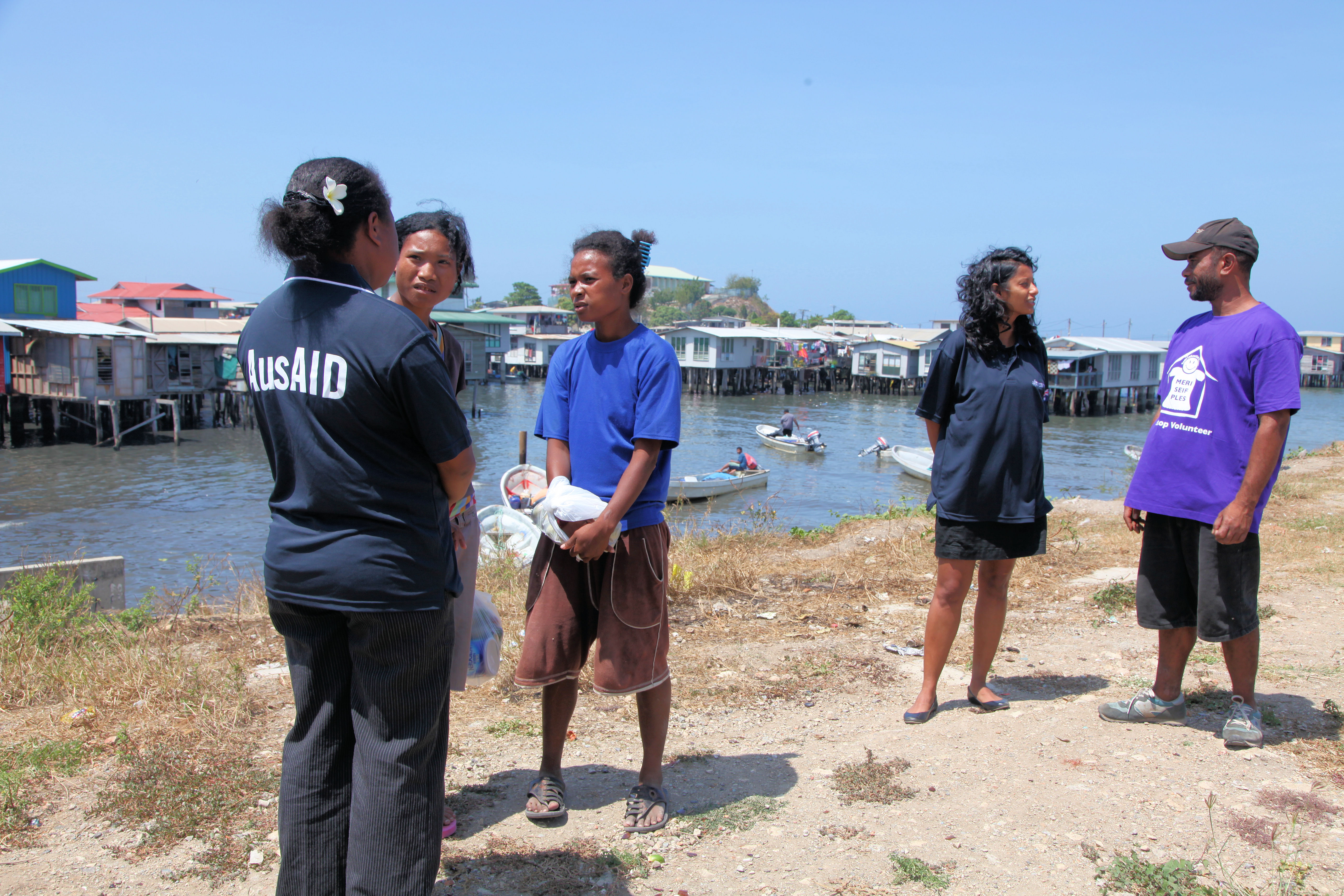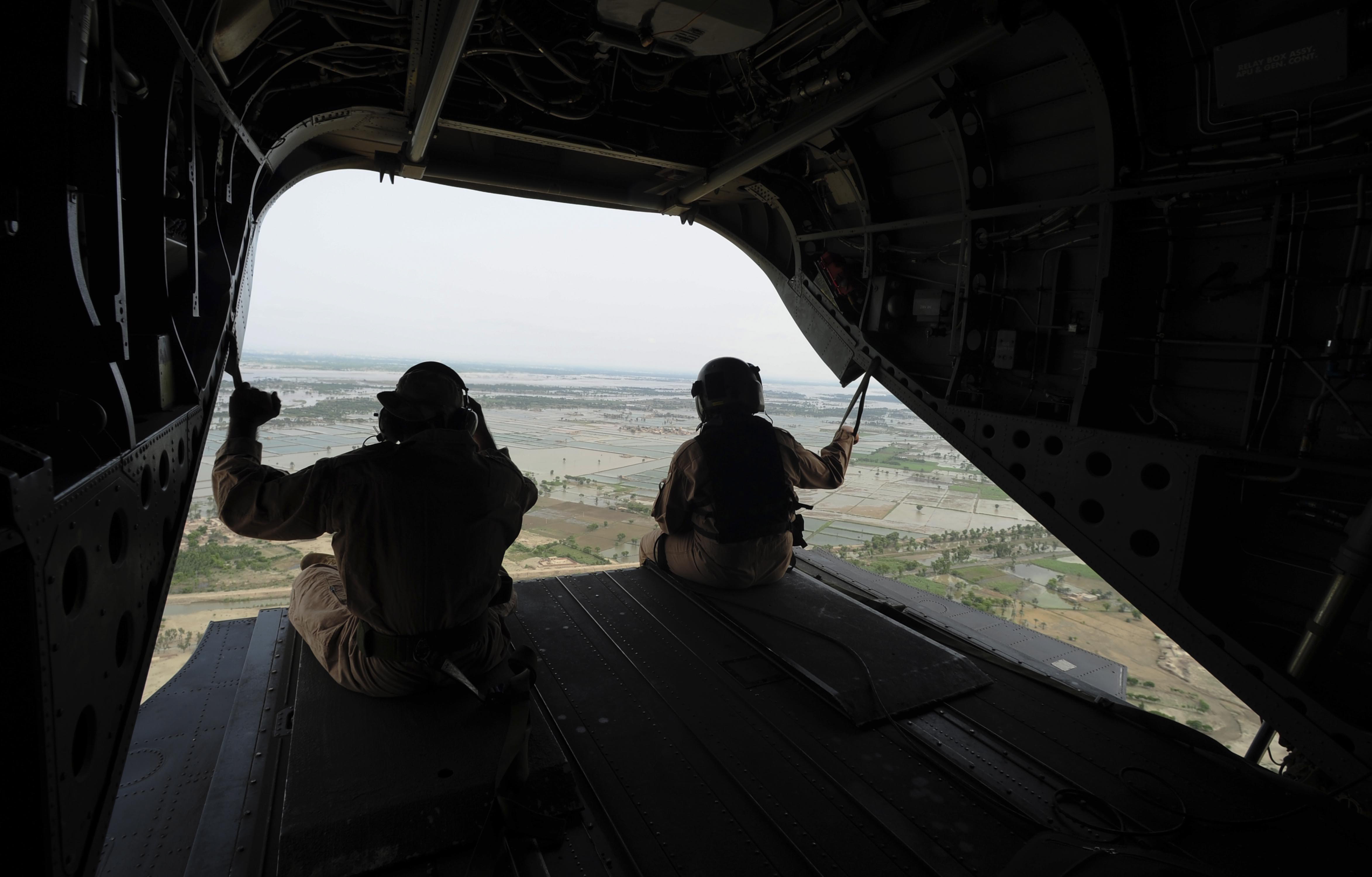
Politics & Society
2019 Budget: The Verdict Part 3

Australia’s foreign aid has fallen to an all-time low relative to income, and it is our diplomacy, trade and security that is being put at risk
Published 2 May 2019
In this election campaign, there are some very distinct trajectories that foreign aid could take, from continuing the current policy of cutting and diminishing aid, to rebuilding aid as an asset in Australian diplomacy, trade and security.
Right now, Australian foreign aid is at an all-time low when measured as a proportion of Gross National Income (GNI). Australia’s successive reductions place it among the least generous donors in the Organisation for Economic Cooperation and Development (OECD).

Since 2013, Australian aid has been cut by a third to 0.22 per cent of GNI in 2017-18. The Coalition plans for further reductions to 0.20 per cent in 2020-21, well below the OECD and UN target of 0.7% of GNI.
Aid generally accounts for only about 1% of the total spending of the Federal Budget.
Australia’s declining aid expenditure also puts it at odds with the rising trajectories of aid budgets among OECD countries. UK Conservative governments have increased official development assistance (ODA) to reach 0.7% of GNI in 2013. It has since passed a bill enshrining the 0.7% commitment into law.

Politics & Society
2019 Budget: The Verdict Part 3
A miserly attitude to foreign aid is also at odds with the spirit of Australian generosity. Last year Australia ranked second in the World Giving Index, ahead of New Zealand and only behind Indonesia, as reflected by the willingness of Australians to help a stranger, donate to charity and volunteer.
There is a strong rationale for substantially increasing funding for the globally unstable and opportunity-laden environment.
The rationale for previous cuts by the Coalition were due to the budget deficit, leading one to expect an increased commitment by the Coalition now that it’s projecting a Budget surplus. But the Coalition’s forward estimates suggest aid volume will remain low.

The Coalition’s forecasts see Pacific regional co-operation stepped up with some big commitments to the region, but not with new spending. The step-up in the Pacific comes at the cost of a step-down in other countries, especially from East and Southeast Asia where some programs are rated as well-performing by DFAT’s own standards.
The allocation to Africa remains negligible. Aid to Cambodia, Bangladesh, India, Nepal, and Pakistan have all been cut, in some cases dramatically.

Health & Medicine
Giving communities a voice
Taking from its Asia region to fund Pacific programs makes for an incoherent foreign policy.
There would be extra aid volume if the Labor Party wins power relative to the Coalition. Labor has committed to increase ODA as a percentage of GNI every year that they’re in office, beginning with the first budget.
According to Shadow Minister for Foreign Affairs Penny Wong, “Labor will rebuild Australia’s international development program – reversing the declining trajectory of the budget, rebuilding capacity and restoring consensus. Labor’s international development program will speak to who we are, the confidence we have in ourselves, the values we believe in and to the region and world we want to live in.”

Unlike the Coalition, Labor has said an increased focus on the Pacific won’t come at the expense of key partners in South and South East Asia.
The Greens policy since 2016 has been that overseas development aid would be progressively increased to reach 0.7 per cent of GNI, with provision for additional funding for major humanitarian crisis or conflict interventions. This will take it to a level that is the international benchmark but has never been achieved in Australia’s history.

Politics & Society
Inside the world’s humanitarian crisis
Today’s global challenges require political solutions. This stands in contradiction to increasing trends of militarisation and securitisation and the decimation of Australian diplomacy and aid allocations. The proportion of the Australian budget allocated for diplomacy has been repeatedly and disproportionately reduced in most years for the last quarter century. Defence to aid ratio is now close to 9:1.
Australian foreign aid is one way our government plays a part in poverty reduction and addressing the drivers of global challenges like disease, humanitarian crises, conflict, terrorism and climate change.
It’s not just about aid to others, but Australia’s ability to fulfil its foreign policy priorities and national interests.
As DFAT Secretary Frances Adamson told a conference in February, “Development cooperation helps us ensure that our Indo-Pacific region evolves peacefully, trades freely, and co-operates to build security.”
Aid has long been an under-resourced and under-utilised pathway for Australia to pursue its own national interests and support countries in the region to become more prosperous and politically stable.
Amidst the geopolitical competition in our region, bolstering aid funding, not reducing it, would better serve Australia’s interests.
A version of this article was first published on Election Watch.
Banner Image: Members of AusAID’s law and justice team talking to people in a Port Moresby village in Papua New Guinea. Picture: DFAT/Flickr